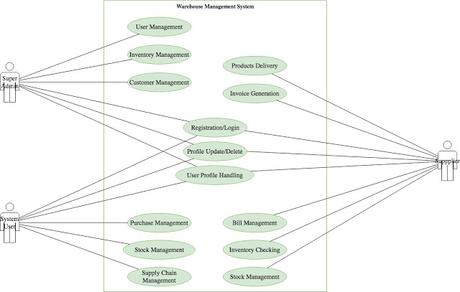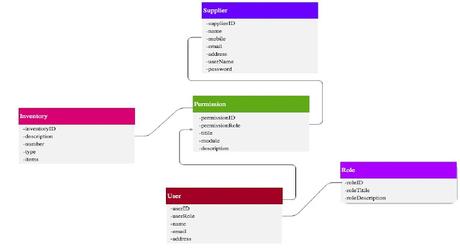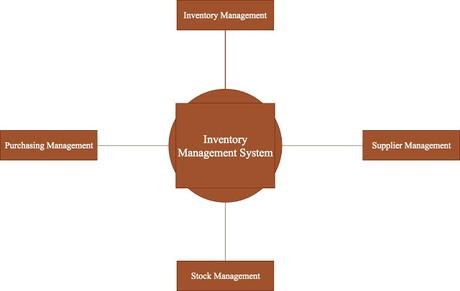- Identify and briefly describe the functional and non-functional requirements for the proposed system.
- Identify use cases and draw use case diagrams for the proposed system that show major use cases and actors.
- Draw domain model class diagrams for the proposed system. Be as specific and accurate as possible, if needed information is not given, make realistic assumptions.
- Develop an event-partitioned system model encompassing all the use cases you identified in question 2. Assume that the classes and associations in question 3 correspond to entities and relationships from similar entity relationship diagrams.
Answer
Functional and Non-Functional Requirements
The functional requirements discussed within this IT management assignment are discussed below: -
Inventory Management: The tracking of import and export of the products from the inventory should be tracked by the system. As the system is connected to an IoT device, the bar code for each product can be read an imported from the inventory. Product scan is very important during its pickup from the inventory so that product export can be updated by the system.
Future Prediction: The future prediction of the requirement of product stock should be accurately determined by the warehouse management system. In terms of detail this prediction provides the product type that is to be stalked and its duration for each month.
Authentication: Authorization of the system usage to a specific user should automatically be organized by the system. This is an essential process in which the customer information is processed and then checked for user validation. Login process is used to complete the authentication.
Authorization: It is the most important requirement by the system as it requires checking whether a user can access the information from the system. If we take an example a warehouse staff cannot request for reports, but management can.
Below are the non-functional requirements.
Security: The system will handle very sensitive data as it handles the core of the business and hence it is mandatory that the system prohibits any outsider getting an access to these data. DoS attacks should be prevented as business can be damaged when server is down.
Usability: Simplicity of the system interface should be maintained so that any user can get the require information maximum two clicks. The essential information should be displayed in the home web page and there should be an effective navigation system.
Learnability: Due to lack of processing idea users can face issues in business operations. Hence all the guidance and FAQs should be present to enable quick learning for the users.
Use Cases and Use case Diagram
Use CasesUC1-Manage Inventory: Inventory is to be maintained by the management or the super admin. The warehouse manager supervises the stock amount that is filled in the inventory and the amount that is exported out of the system.
UC2-Manage Purchasing: The purchase process will be handled by the system users or the warehouse staff.
UC3-Manage Receiving Stock: All the upcoming stock barcode will be scanned by the warehouse staff and then delivered to the warehouse at their allocated location. The staff will then confirm the receipt of each stalk. IT management assignments are being prepared by our IT management assignment help experts from top universities which let us to provide you a reliable assignment help online service.

Class Diagram of Domain Model


Reference List
Alyahya, S., Wang, Q., & Bennett, N. (2016). Application and integration of an RFID-enabled warehousing management system-a feasibility study. Journal of Industrial Information Integration, 4, 15-25.
McCabe, P. P., & Donahue, T. E. (2017). U.S. Patent No. 9,547,945. Washington, DC: U.S. Patent and Trademark Office.
Richards, G. (2017). Warehouse management: a complete guide to improving efficiency and minimizing costs in the modern warehouse. Kogan Page Publishers.
